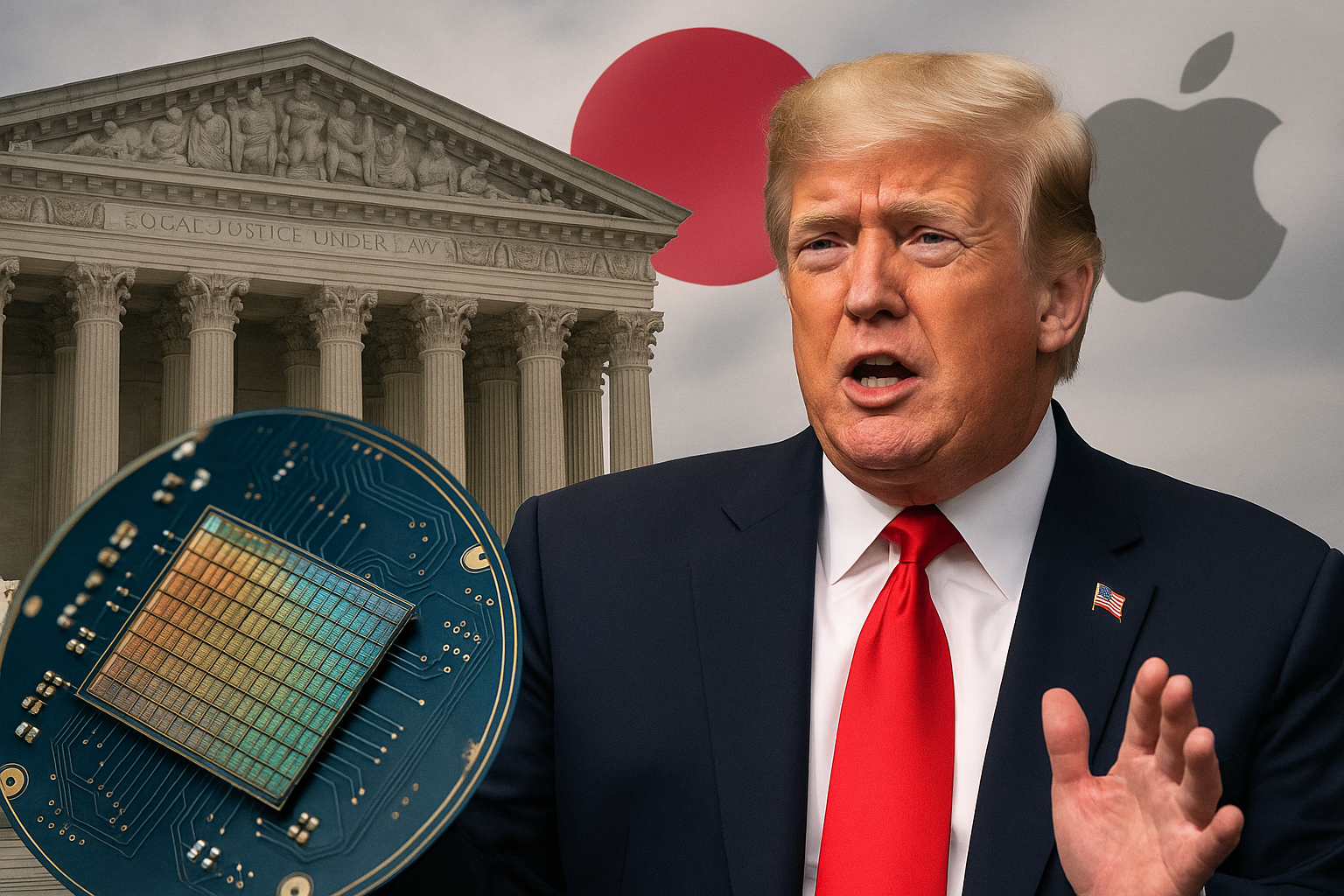President Trump has turned once again to the Supreme Court in his fight over tariffs. He filed an urgent appeal after a federal appeals court ruled most of his global tariffs illegal. The administration asked for a fast-track schedule, with arguments starting in early November. Trump warned that if the court rules against him, the U.S. may have to unwind existing trade deals with Japan, the European Union, and South Korea. He stressed that the stakes are high, saying America’s economy would “suffer greatly” if the tariffs collapse.
Tariffs and Japan: Trade Deals in Limbo
One of the biggest concerns involves Japan, a close ally and trade partner. Trump recently signed an executive order cementing a new trade pact with Tokyo. However, that agreement, along with others, could unravel if the Supreme Court rejects his tariff authority. The situation places U.S. allies in a difficult position, uncertain whether to rely on deals that may soon be invalidated. Trump has already ruled out lowering tariffs on India, signaling he remains committed to his tough trade stance. For Japan, the legal uncertainty makes it harder to plan long-term cooperation on technology and defense.
Tariffs on Semiconductors: Pressure on Global Tech
Trump has also shifted his focus to semiconductors, a cornerstone of modern technology. He announced that his administration will impose tariffs on chip imports from companies that do not move production to the U.S. These measures are meant to pressure foreign firms to invest in American plants. Trump said the tariffs would be “fairly substantial,” though not extreme, and promised exemptions for companies already building in the U.S. Taiwan’s TSMC, Samsung, and SK Hynix have all committed billions to American facilities. Still, many firms face uncertainty about the timing, scale, and scope of the new tariffs.
Apple and the Winners of Trump’s Tariff Strategy
Not every company will feel the sting. Apple appears to be one of the winners under Trump’s plan. The iPhone maker has pledged $600 billion in U.S. investments over the next four years, on top of earlier commitments. Trump pointed to Apple CEO Tim Cook as being “in good shape” during a dinner with top tech leaders at the White House. Other executives from Meta, Oracle, and Google also attended, signaling broad engagement between Silicon Valley and the administration. By rewarding companies that expand at home, Trump hopes to shift global supply chains and reduce reliance on Asia.
The Bigger Picture: Trade, Courts, and Uncertainty
Trump’s tariff push has become a central pillar of his economic and foreign policy. Yet it faces resistance both abroad and at home. Trading partners like Japan must weigh the risk of deals tied to unsettled legal ground. At the same time, the Supreme Court’s decision will determine whether Trump can keep using emergency powers to impose sweeping tariffs. Businesses, from semiconductor giants to Apple, are watching closely. For now, tariffs remain in place, but the uncertainty is already reshaping investment decisions, global supply chains, and America’s role in technology.
